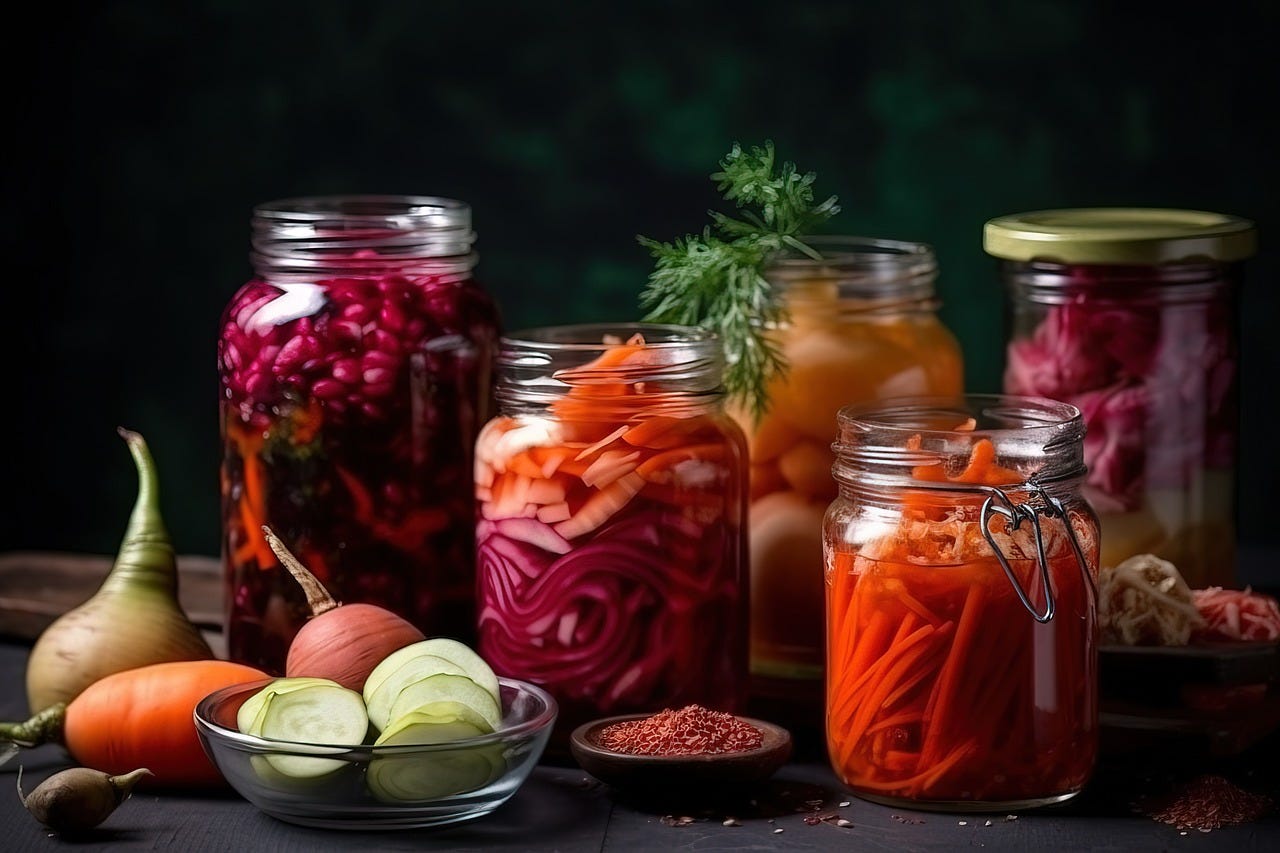

Articles
How To Store Food For Years
Modified: January 23, 2024
Learn the best methods and tips for long-term food storage in this informative collection of articles. Safely store food for years to come and be prepared for any situation.
(Many of the links in this article redirect to a specific reviewed product. Your purchase of these products through affiliate links helps to generate commission for Storables.com, at no extra cost. Learn more)
Introduction
Proper food storage is essential for every household. Whether you want to be prepared for emergencies, stock up on supplies, or simply reduce waste, knowing how to store food for years can save you time, money, and ensure that you always have access to nutritious meals.
In today’s fast-paced world, food often goes to waste due to improper storage techniques or buying in excess without a plan. However, with a little knowledge and planning, you can extend the shelf life of various food items, allowing you to enjoy them for months or even years.
This article will guide you through the process of storing food for the long-term. We will explore the factors to consider before storing food, the types of food that can be stored for years, choosing the right containers, as well as essential techniques for preserving food.
Having a well-stocked pantry or food storage system not only provides peace of mind but also allows you to maintain a well-balanced diet even in times of scarcity or when you are unable to go grocery shopping. So let’s dive in and explore the world of long-term food storage.
Key Takeaways:
- Proper food storage is essential for reducing waste, saving money, and being prepared for unexpected situations. Utilize various methods and best practices to maintain a well-stocked supply of nutritious meals.
- Efficiently managing and rotating your food inventory is crucial. Embrace the art of food storage, make it a part of your lifestyle, and empower yourself to be self-sufficient, frugal, and well-prepared.
Read more: How To Store Flour For Years
Importance of Proper Food Storage
Proper food storage is crucial for several reasons. Firstly, it helps to prevent food waste. By storing food correctly, you can extend its shelf life and reduce the likelihood of food spoiling or becoming inedible. This saves you money and ensures that you make the most of your groceries.
Furthermore, proper food storage allows you to be prepared for emergencies or unexpected situations. Natural disasters, power outages, and other disruptions can occur at any time, making it difficult to access fresh food. By having a well-stocked pantry of long-lasting food items, you can ensure that you and your family have enough to eat during such times.
In addition, storing food for the long-term allows you to take advantage of discounted prices and bulk purchases. Buying in bulk can be cost-effective, but it’s only beneficial if you are able to store and use the food before it spoils. By implementing proper storage techniques, you can enjoy the savings of buying in larger quantities without worrying about food waste.
Another benefit of proper food storage is that it enables you to maintain a nutritious diet. By having a variety of long-lasting food items on hand, you can ensure that you have access to essential nutrients even when fresh produce or other perishable items are not readily available. This is particularly important for individuals with dietary restrictions or those following specific eating plans.
Lastly, proper food storage allows you to be self-sufficient and reduce reliance on external sources for food. Whether you’re living in a remote area, during emergencies, or simply prefer to have control over the quality and ingredients of your meals, having a well-stocked pantry provides a sense of security and independence.
Overall, proper food storage is essential for reducing waste, preparing for emergencies, saving money, maintaining a nutritious diet, and promoting self-sufficiency. By implementing the right techniques and investing in suitable containers, you can store food for years and enjoy the benefits of long-lasting supplies.
Factors to Consider Before Storing Food
Before you begin storing food for the long-term, there are several important factors to consider. These factors will ensure that your food stays fresh, safe, and maintains its quality over an extended period of time.
1. Food Shelf Life: Understanding the shelf life of different food items is crucial when planning for long-term storage. Some foods, such as grains, beans, and canned goods, have a naturally longer shelf life, while others, like fresh vegetables or dairy products, have a shorter lifespan. Take note of the expiration dates on food packages and prioritize using items that are closest to expiration first.
2. Storage Space: Assess the storage space you have available and plan accordingly. Different types of food require different storage conditions, such as temperature and humidity levels. Ensure that you have enough space to accommodate the items you wish to store and that the storage area meets the required conditions to maintain food quality.
3. Packaging: The packaging of the food items plays a vital role in ensuring their long-term storage. Opt for food-grade containers that are airtight and moisture-resistant. This helps to prevent spoilage and keeps insects or rodents from accessing the food. Consider using glass jars, plastic containers, or mylar bags, depending on the type of food being stored.
4. Temperature and Humidity: Temperature and humidity are critical factors in preserving food quality. Most food items should be stored in a cool, dry place with a temperature between 50 to 70 degrees Fahrenheit (10 to 21 degrees Celsius). Avoid areas with high humidity, as it can accelerate deterioration and the growth of mold or bacteria.
5. Rotation and Inventory Management: Establish a system to keep track of your stored food inventory. Implement a first-in, first-out (FIFO) approach, where you use the oldest items first and replenish your stock accordingly. Regularly monitor the condition of stored items and discard anything that appears spoiled or past its expiration date.
6. Pest Control: Take precautions to prevent pests, such as insects or rodents, from infesting your stored food. Ensure that your storage area is clean and free of any potential attractants. Consider using airtight containers and periodically inspect your stored food for signs of pests.
By considering these factors before storing your food, you’ll be able to create a successful and sustainable long-term storage system. This will help maintain the quality and safety of your food, ensuring that you have a reliable supply of nutritious meals whenever you need them.
Types of Food That Can Be Stored for Years
When it comes to long-term food storage, certain types of food have a longer shelf life and can be stored for several years without significant degradation in quality or nutritional value. Here are some food items that are well-suited for long-term storage:
1. Grains and Legumes: Staples like rice, wheat, oats, beans, and lentils can be stored for years if properly stored. These items have a low moisture content and are rich in carbohydrates, making them excellent sources of energy in a long-term storage scenario. Store them in airtight containers in a cool and dry place to prevent potential pests and moisture from compromising their quality.
2. Canned Goods: Canned foods, such as vegetables, fruits, soups, and meats, have a long shelf life and can be safely stored for several years. Ensure that the cans are in good condition without any dents or bulges, as this could indicate spoilage. Keep canned goods in a cool and dry area to maintain their quality.
3. Dried Foods: Drying foods removes moisture, making them less susceptible to spoilage. Foods like dried fruits, jerky, herbs, and spices can be stored for years in airtight containers or vacuum-sealed bags to maintain their taste and nutritional value.
4. Freeze-Dried or Dehydrated Foods: Freeze-dried or dehydrated foods are processed to remove moisture while preserving their flavor and nutrients. These foods, including fruits, vegetables, meats, and even complete meals, can be stored for long periods without the need for refrigeration. Keep them in a cool and dry place to extend their shelf life.
5. Honey: Honey has an indefinite shelf life when stored properly. Its low moisture content and acidic pH make it resistant to spoilage. Store honey in a tightly sealed jar in a cool and dark place to prevent crystallization and maintain its quality.
6. Salt, Sugar, and Vinegar: Salt, sugar, and vinegar are pantry staples that can be stored indefinitely if kept in proper packaging. These items contain low moisture content and tend to resist spoilage over time.
Remember, while these foods can be stored for long periods, it’s essential to monitor their condition regularly. Check for signs of spoilage, such as unusual odors or discoloration, and discard anything that appears compromised.
By incorporating these long-lasting food items into your storage plan, you can ensure a diverse and nutritious food supply for years to come.
Choosing the Right Containers for Long-Term Storage
When it comes to storing food for the long-term, selecting the right containers is crucial. The containers you choose should provide airtight seals, protect the food from moisture, pests, and light, and be durable enough to withstand long periods of storage. Here are some factors to consider when selecting containers for long-term food storage:
1. Food-Grade Containers: Opt for containers that are specifically designed for food storage. Food-grade containers are made from materials that are safe for storing food, such as glass, food-grade plastic, or stainless steel. Avoid containers made from materials that may leach harmful chemicals into the stored food.
2. Airtight Seals: Choose containers with airtight seals to prevent the entry of moisture, air, and pests. A tight seal ensures the freshness and quality of the stored food, helping to extend its shelf life. Look for containers with secure lids or sealing mechanisms that create a tight barrier.
3. Dark or Opaque Containers: Light can cause degradation of food, leading to nutrient loss and deterioration in taste and quality. Opt for dark or opaque containers that block out light and keep your stored food in a dark environment. This is particularly important for items like spices, oils, and certain grains.
4. Moisture-Resistant: Moisture can be detrimental to stored food, leading to mold growth and spoilage. Choose containers with moisture-resistant properties or use moisture-absorbing packets to absorb excess moisture. Additionally, ensure that the containers are clean and dry before storing food to prevent any moisture build-up.
5. Durable and Stackable: Your containers should be durable enough to withstand the rigors of long-term storage. Look for containers that are sturdy and able to withstand temperature fluctuations. Additionally, consider containers that are stackable to optimize storage space and maintain organization.
6. Transparent or Labeled: While opaque containers are preferred to block out light, it’s also beneficial to have some transparent or labeled containers for easy identification. Clear containers allow you to see the contents at a glance, making it easier to locate specific items in your storage pantry.
Remember to clean and sanitize your containers before storing food to prevent any contaminants from affecting the quality of the stored items. Additionally, regularly inspect your containers for any signs of damage or wear and replace them if necessary.
By choosing the right containers for long-term food storage, you can maintain the quality and integrity of your stored food, ensuring that it remains fresh and safe for an extended period.
Read more: How To Store A Car For A Year
Essential Techniques for Preserving Food
Preserving food is an excellent way to extend its shelf life and ensure that it remains safe and flavorful for an extended period. Here are some essential techniques for preserving food:
1. Canning: Canning is a popular method for preserving fruits, vegetables, sauces, and even meats. The process involves sealing food in jars or cans and then heating them to kill bacteria and prevent spoilage. The high heat creates an airtight seal, allowing the food to be stored for months or even years. Follow proper canning procedures, including sterilization, to ensure food safety.
2. Freezing: Freezing is an effective technique for preserving a wide range of foods. By freezing, you can slow down the growth of bacteria and preserve the natural flavors and nutrients. It’s important to freeze foods at their peak freshness and in suitable packaging, such as freezer-safe bags or airtight containers. Label your frozen items with the date to keep track of their shelf life.
3. Drying: Drying, or dehydration, removes moisture from food, inhibiting the growth of bacteria and other microorganisms. This technique works well for fruits, vegetables, herbs, and meats. You can use a dehydrator, oven, or air-drying method to remove moisture. Once dried, store the food in airtight containers in a cool, dark place to maintain its quality.
4. Fermentation: Fermentation is a natural preservation process that creates an environment in which beneficial bacteria can thrive. Foods such as sauerkraut, kimchi, pickles, and yogurt are made through fermentation. The fermentation process not only extends the shelf life of the food but also enhances its flavor and nutritional value. Ensure that you follow proper fermentation techniques to maintain food safety.
5. Smoking: Smoking is a traditional method of preserving meat, fish, and cheeses. The smoke helps to preserve the food by inhibiting bacterial growth while adding unique flavors. Smoking can be done using a smoker or by cold smoking. Proper temperature control and smoking times are essential to ensure food safety and quality.
6. Salting: Salting is a time-honored method of preserving meats, fish, and vegetables. By applying salt, the moisture is drawn out of the food, creating a hostile environment for bacteria. The salted food is typically rinsed, dried, and stored in airtight containers. This method not only preserves the food but also enhances its flavor.
By utilizing these essential food preservation techniques, you can prolong the shelf life of various foods, reduce waste, and ensure that you have access to nutritious meals even in times of scarcity. Experiment with different methods to find the ones that work best for the foods you want to preserve.
Storing Food in Pantry
Your pantry is an essential storage space for keeping non-perishable food items easily accessible and organized. When properly organized, your pantry can be a convenient and efficient way to store and rotate your food inventory. Here are some tips for storing food in your pantry:
1. Shelf Organization: Organize your pantry shelves based on food categories. Group similar items together, such as grains, canned goods, snacks, and baking supplies. This helps in easily locating specific items and prevents food from getting lost or forgotten in the back of the pantry.
2. Temperature and Light: Pantries should be kept in a cool, dark area away from direct sunlight. Heat and light can accelerate food spoilage. Avoid storing food near appliances that generate heat, such as ovens or dishwashers.
3. Air Circulation: Ensure adequate air circulation in your pantry to prevent moisture build-up, which can lead to mold and spoilage. Leave space between items and avoid overcrowding shelves to promote airflow.
4. Storage Containers: Store food items in airtight containers to protect them from moisture, pests, and maintain their freshness. Glass jars, food-grade plastic containers, or metal canisters with tight-fitting lids are great options. Label containers with the date of storage to easily keep track of the freshness of each item.
5. Rotation System: Implement a first-in, first-out (FIFO) system to ensure that older items are used before newer additions. When restocking your pantry, place newer items toward the back or bottom, pushing the older ones forward. This helps prevent expired or forgotten food from accumulating in your pantry.
6. Utilize Space Efficiently: Make the most of your pantry space by using storage solutions such as stackable organizers, risers, or drawers. These help maximize shelf space and keep items visible, making it easier to locate and access what you need.
7. Regularly Check and Restock: Periodically check your pantry for expired or spoiled items. Discard anything that shows signs of spoilage, such as unusual odors, mold, or changes in texture. Regularly restock your pantry with fresh items to ensure that you always have an adequate food supply on hand.
By properly storing food in your pantry, you can maintain a well-organized and stocked food inventory. This not only helps prevent food waste but also ensures that you have a variety of non-perishable food items readily available for meals and snacks.
Storing Food in Freezer
The freezer is an excellent tool for preserving the freshness and longevity of various food items. With the right techniques, you can safely store a wide range of foods in your freezer for later use. Here are some tips for storing food in your freezer:
1. Packaging: Proper packaging is essential for maintaining the quality of frozen food. Use freezer-safe bags, airtight containers, or aluminum foil to protect food from freezer burn and prevent odor transfer. Remove as much air as possible from the packaging to minimize the risk of freezer burn.
2. Labeling and Dating: Label and date all frozen items to easily identify them later. Include the name of the food item and the date it was frozen. This helps you keep track of the freshness of each item and ensures that older items are used first, following a first-in, first-out (FIFO) system.
3. Portion Sizes: Consider portioning food items before freezing to make it easier to thaw and use only what you need. Divide large cuts of meat, soups, or sauces into smaller portions. This way, you can take out and thaw only what you plan to use, minimizing food waste.
4. Freezing Fresh Produce: To freeze fresh produce, such as fruits and vegetables, wash, peel, and chop them into appropriate sizes. Blanching is recommended for most vegetables before freezing, as it helps preserve their color, texture, and nutritional value. Once blanched or prepared, quickly cool the produce before placing it in freezer-safe containers or bags.
5. Freezer Organization: Maintain an organized freezer by grouping similar items together, such as meats, fruits, vegetables, and prepared meals. Consider using storage baskets or bins to keep smaller items organized and prevent them from getting lost in the depths of the freezer. Keep a list of what’s in your freezer to easily track your inventory.
6. Temperature Control: Ensure that your freezer is set to the proper temperature range of 0 degrees Fahrenheit or below (-18 degrees Celsius) to effectively preserve frozen food. Use a freezer thermometer to regularly monitor and adjust the temperature if necessary.
7. Thawing Techniques: Proper thawing is crucial to maintain food safety. Thaw frozen items in the refrigerator, under cold running water, or using the microwave’s defrost function. Avoid thawing at room temperature, as it can promote bacterial growth.
8. Frozen Food Shelf Life: While freezing extends the shelf life of food, it’s important to note that not all items freeze well or retain their quality indefinitely. Refer to food safety guidelines and recommended storage times for various food items to ensure you consume them at peak quality.
By following these tips, you can utilize your freezer effectively to store a variety of foods, from meats and vegetables to soups and leftovers. Proper packaging, labeling, and organization will make it easier for you to keep track of your frozen inventory and enjoy the benefits of long-term food storage.
Vacuum sealing food can help extend its shelf life by removing air and preventing spoilage. Invest in a vacuum sealer to store food for years.Storing Food in the Refrigerator
The refrigerator is a vital appliance for keeping perishable food items fresh and safe to consume. Proper storage in the refrigerator helps maintain optimal temperatures and prevents the growth of harmful bacteria. Here are some tips for effectively storing food in your refrigerator:
1. Temperature Control: Ensure that your refrigerator is set to the ideal temperature range of 35 to 40 degrees Fahrenheit (1 to 4 degrees Celsius). An accurate and consistent temperature helps keep perishable foods safe and extends their shelf life.
2. Organization: Keep your refrigerator organized to maximize its efficiency and make items easily accessible. Designate specific areas or shelves for different food categories, such as fruits, vegetables, dairy, and meats. This helps prevent cross-contamination and allows for better airflow around the stored items.
3. Raw and Cooked Foods: Keep raw meats, poultry, and seafood separate from other foods to avoid contamination. Store them on the lower shelves or in separate drawers to prevent any juices from dripping onto other items. Cooked foods should also be stored separately in airtight containers or covered to maintain their quality.
4. Food Coverings: Cover or wrap foods with plastic wrap, aluminum foil, or place them in airtight containers before storing in the refrigerator. This helps to retain their freshness, prevent odors, and minimize moisture loss, which can lead to food spoilage.
5. Leftovers: Store leftovers promptly in airtight containers and place them in the refrigerator within two hours of cooking. Label the containers with the date and contents to easily track their freshness. Consume leftovers within a few days to ensure quality and prevent foodborne illnesses.
6. Fresh Produce: Most fruits and vegetables should be stored in the crisper drawers, which provide slightly higher humidity levels. However, some produce, such as tomatoes and bananas, are best kept outside the refrigerator at room temperature to maintain their flavor and texture.
7. Dairy and Eggs: Keep dairy products, like milk, cheese, and yogurt, in their original packaging or airtight containers on a designated shelf. Eggs should also be stored in their original carton on a middle or lower shelf where the temperature is more stable.
8. Condiments and Sauces: Check the labels of condiments and sauces to determine whether they need refrigeration after opening. Most should be stored in the refrigerator to maintain their freshness and prevent bacterial growth.
9. Regular Cleaning: Regularly clean your refrigerator to prevent the build-up of spills, odors, and bacteria. Discard any expired or spoiled items and wipe down surfaces with a mild detergent. This not only helps maintain food safety but also keeps your refrigerator smelling fresh.
By following these guidelines, you can effectively store food in your refrigerator, ensuring that it retains its freshness and remains safe for consumption. Proper organization and temperature control will help you make the most of your refrigerator and reduce food waste.
Read more: How To Store Clothes For Years
Storing Food in a Root Cellar
A root cellar is a traditional and effective method for long-term food storage, especially for fruits, vegetables, and certain root crops. It provides a cool and humid environment that helps extend the shelf life of harvested produce. Here are some tips for storing food in a root cellar:
1. Temperature and Humidity Control: A root cellar should maintain a cool temperature between 32 to 40 degrees Fahrenheit (0 to 4 degrees Celsius) and a humidity level of around 85-95%. This balance of temperature and humidity helps slow down the ripening and deterioration process, keeping fresh produce fresher for longer.
2. Suitable Location: Choose a location for your root cellar that is cool, dark, and well-ventilated. Ideal locations include a basement, a cool corner of a garage, or even a specially dug underground cellar. Ensure that the location is insulated and protected from extreme temperature fluctuations and direct sunlight.
3. Organization: Proper organization is essential to maximize space and ensure good airflow. Store fruits and vegetables separately to prevent the release of ethylene gas, which can cause spoilage. Consider using crates, bins, or shelves to keep items organized and easily accessible.
4. Ventilation: Maintain good ventilation in the root cellar to allow air circulation and prevent excess moisture buildup. This can be accomplished by providing ventilation holes or vents to allow for fresh air intake and the release of stale air.
5. Suitable Storage Containers: Some fruits and vegetables may require specific storage conditions. Consider using containers like baskets, wooden crates, or burlap sacks for items like potatoes, onions, and root crops. These containers allow airflow and help maintain the proper humidity level.
6. Storage Considerations: Certain items have specific storage requirements. For example, apples and pears should be stored separately from other fruits as they produce ethylene gas, which can accelerate spoilage in other produce. Remove any damaged or spoiled items promptly to prevent the spread of decay.
7. Regular Inspection: Regularly inspect your stored produce to identify any signs of spoilage or decay. Remove any affected items immediately to prevent the spread of mold or bacteria to other produce.
8. Seasonal Harvesting: Plan your harvest according to the different ripening times of various fruits and vegetables. This allows for a steady supply of fresh produce throughout the year. Harvest items at their peak ripeness and store them promptly to maximize their shelf life.
A root cellar provides a natural and efficient way to store bulk amounts of fresh produce for an extended period, minimizing food waste and ensuring a continuous supply of nutritious foods. By following these tips, you can create an optimal environment for storing fruits, vegetables, and root crops in your root cellar.
Storing Food in Canning Jars
Using canning jars for food storage is a popular and effective method for preserving a variety of foods. Canning extends the shelf life of perishable items, such as fruits, vegetables, and homemade sauces, through heat processing and creating airtight seals. Here are some tips for storing food in canning jars:
1. Selecting the Right Jars: Choose canning jars that are specifically designed for home canning. Mason jars and Ball jars are commonly used and come in various sizes. Ensure that the jars are in good condition without chips or cracks, as this could compromise the sealing process.
2. Proper Sterilization: Before using canning jars, sterilize them to eliminate any potential bacteria that could cause spoilage. Boil the jars in water for a few minutes or run them through a dishwasher cycle. Sterilize the lids and bands as well to ensure a clean and safe environment for your stored food.
3. Hot-Pack or Cold-Pack Method: There are two common methods for packing food into canning jars: hot-pack and cold-pack. The hot-pack method involves pre-cooking or blanching the food before placing it into the jars. The cold-pack method involves packing raw food directly into the jars. Follow the proper method for the specific food item you are preserving.
4. Filling Jars Properly: Leave appropriate headspace when filling the jars with food. This allows for expansion during the canning process and helps create a proper seal. Refer to specific recipes or canning guidelines for recommended headspace measurements for different foods.
5. Creating a Seal: Ensure that the jar rims are clean and free from any food particles or debris. Place the lids on the jars and secure them with the metal bands. Tighten the bands just until they are snug, but not overly tightened. During the canning process, the lids will create a vacuum seal as the jars cool down.
6. Follow Canning Procedures: Follow proper canning procedures including heat processing or water bath canning to safely seal the jars and preserve the food. This process varies depending on the food being canned, so it’s important to follow specific recipes or reputable canning resources for accurate instructions.
7. Labeling and Storage: Label the jars with the contents and the date of canning. Store the jars in a cool, dark, and dry area away from direct sunlight and temperature fluctuations. Proper storage conditions will help maintain the quality of the preserved food for an extended period.
8. Inspection and Usage: Regularly inspect the jars for any signs of spoilage, such as mold growth, leaks, or changes in color or texture. If you notice any signs of spoilage, discard the jar contents immediately. When using canned foods, ensure that the seal is intact before consuming and check for any unusual odors or off-flavors.
Canning jars provide a reliable and convenient method to store and preserve a wide range of foods. By following proper canning techniques and guidelines, you can enjoy the benefits of freshly preserved foods all year round.
Storing Food in Mylar Bags
Mylar bags are a popular choice for long-term food storage due to their durability and ability to provide airtight seals. These bags, made from a polyester film called Mylar, create a barrier that protects food from moisture, oxygen, and other external elements. Here are some tips for effectively storing food in Mylar bags:
1. Food Preparation: Before filling Mylar bags, ensure that the food is dry and free from moisture. Moisture can cause the growth of mold or bacteria, compromising the quality and safety of the stored food. Completely dry the food items before packaging them in Mylar bags.
2. Choosing the Right Size Bags: Select Mylar bags that are appropriate for the amount of food you want to store. It’s better to use smaller-sized bags for individual food portions to minimize exposure to air when the bags are opened for use. This helps maintain the freshness and quality of the remaining food in the bags.
3. Oxygen Absorbers: Include oxygen absorbers in each Mylar bag to remove any remaining oxygen trapped inside. Oxygen absorbers help prevent oxidation, which can lead to spoilage and degradation of food quality. The absorbers also help create a vacuum seal that further protects the food from oxygen exposure.
4. Sealing Process: To achieve an airtight seal, use a heat sealer specifically designed for Mylar bags. Place the filled bag near the edge of the heat sealer and press down to seal the opening. Slowly and evenly move the heat sealer along the bag’s opening to create a tight and secure seal. Ensure that there are no gaps or openings in the seal.
5. Labeling and Date: Label each Mylar bag with the contents and the date of packaging. This allows for easy identification and ensures that you can track the freshness and shelf life of the stored food. Use a permanent marker and write directly on the bag or attach a label with the necessary information.
6. Storage Conditions: Store the sealed Mylar bags in a cool, dark, and dry area, away from direct sunlight and temperature fluctuations. Extreme temperatures can degrade the quality of the Mylar bags and compromise their ability to protect the stored food. Ensure that the storage area is free from any potential pests that can damage the bags or contaminate the food.
7. Regular Inspection: Periodically inspect the Mylar bags for any signs of damage, such as punctures, tears, or moisture seepage. Any compromised bags should be resealed or replaced immediately to maintain optimal food storage conditions. Inspect the contents for signs of spoilage or changes in color, texture, or odor.
Mylar bags offer a reliable and efficient method for long-term food storage. By following these tips and properly sealing the bags, you can help ensure that your stored food remains fresh, safe, and accessible when you need it.
Storing Food in Vacuum-Sealed Bags
Vacuum-sealed bags are an excellent option for long-term food storage as they remove oxygen from the packaging, significantly extending the shelf life of various food items. By removing oxygen, vacuum-sealed bags help prevent oxidation, preserving the freshness, flavor, and nutritional value of the stored food. Here are some tips for effectively storing food in vacuum-sealed bags:
1. Choosing Quality Bags: Select high-quality vacuum-sealed bags designed for food storage. Look for bags that are specifically labeled as “food safe” and suitable for vacuum sealing. These bags are typically made from a durable material that can withstand the vacuum sealing process and protect the food from external elements.
2. Properly Prepare the Food: Ensure that the food you wish to store is clean, dry, and properly portioned. Excess moisture or liquid can interfere with the vacuum-sealing process, leading to a compromised seal and potential spoilage. Pat dry any moisture from the food before placing it in the bags.
3. Bag Placement: Place the food items in the vacuum-sealed bag, leaving enough space at the top for sealing. Avoid overfilling the bag, as it can prevent a proper seal from forming. Allow some extra space to ensure that the bag can be properly sealed without any food particles interfering with the seal.
4. Vacuum-Sealing Process: Most vacuum-sealing machines have an option for sealing bags. Place the open end of the bag into the machine, and activate the vacuum-sealing function. The machine will remove the air from the bag and create an airtight seal. Follow the instructions provided with your specific vacuum-sealer for optimal results.
5. Multiple Seals: For added security, consider double-sealing the bags. This involves creating an initial seal near the opening of the bag, followed by a second seal about 2-3 inches away. This double-sealing method helps ensure a strong and reliable seal, minimizing the risk of air or moisture entering the bag.
6. Labeling and Date: Use a permanent marker or label to identify the contents of each sealed bag and write the date of packaging. This helps you keep track of the freshness and shelf life of the stored food items. Attach the label directly to the bag or use a separate adhesive label.
7. Storage Conditions: Store the vacuum-sealed bags in a cool, dark, and dry area free from direct sunlight and temperature fluctuations. Avoid areas exposed to excessive heat or cold as it can compromise the integrity of the seal. Ensure that the storage area is clean and free from pests that could damage the bags or contaminate the food.
8. Inspection and Usage: Regularly inspect the vacuum-sealed bags for any signs of damage, including punctures, leaks, or deformities. If any bags are compromised, reseal them or transfer the food to a new bag. Before consuming the stored food, check for any unusual odors, discoloration, or changes in texture.
Using vacuum-sealed bags for food storage can help extend the shelf life of various food items, reducing waste and ensuring that you have access to fresh and flavorful meals for an extended period. By following these tips, you can effectively use vacuum-sealed bags and enjoy the benefits of long-term food preservation.
Read more: How To Store Rice For Years
Rotating and Managing Food Inventory
Rotating and managing your food inventory is an essential practice to ensure that stored food remains fresh, safe, and consumed before its expiration date. By implementing an organized system and regularly monitoring your inventory, you can minimize waste and maintain a well-stocked supply of nutritious food. Here are some tips for effectively rotating and managing your food inventory:
1. First-In, First-Out (FIFO) Method: Adhere to the FIFO method, where you use the oldest food items first. When restocking your pantry, place newly purchased or preserved items behind older ones. This practice helps prevent items from expiring and ensures that you are consistently rotating through your inventory.
2. Check Expiration Dates: Develop a habit of checking the expiration dates on packaged items to ensure they are consumed before they lose their quality. Regularly inspect your stored food for any expired items, and promptly remove and safely dispose of them, minimizing the risk of consuming spoiled or unsafe food.
3. Inventory Organization: Maintain an organized inventory system. Group similar items together, such as canned goods, grains, snacks, and spices. Consider using storage bins or shelves to further categorize and separate different food categories. This organization makes it easier to locate and access specific items in your pantry or storage area.
4. Labeling and Date Tracking: Label your stored food items with the date of purchase or packaging. This helps you keep track of their freshness and expiration dates. Use adhesive labels, marker pens, or even smartphone apps to help you manage and track your inventory effectively.
5. Regular Inventory Checks: Set aside time to regularly review and assess your food inventory. Conduct weekly or monthly checks to identify items nearing their expiration dates or those that need to be used soon. This gives you an opportunity to plan meals around those ingredients and reduce waste.
6. Meal Planning and Stock Rotation: Incorporate your inventory checks into your meal planning process. Take note of the items that need to be used and create meal ideas around them. This helps ensure that you are consistently rotating through your stock and minimizing waste by utilizing what you already have.
7. Donation or Repurposing: If you find yourself with excess food items that cannot be consumed before their expiration dates, consider donating them to local food shelters or repurposing them into new recipes. This reduces waste and supports community efforts to combat food insecurity.
8. Knowledge of Storage Life: Familiarize yourself with the recommended storage life of different food items. Some foods, such as canned goods or grains, can be safely consumed past their expiration dates if they are stored properly and show no signs of spoilage.
By implementing these strategies, you can effectively manage and rotate your food inventory, reducing waste and ensuring that your stored food remains fresh, safe, and accessible. Consistent monitoring and proactive planning will help you make the most of your food supply and create a well-organized pantry or storage area.
Conclusion
Properly storing food for the long-term is a valuable skill that allows us to reduce waste, save money, and be prepared for unexpected situations. Whether you are stocking up on essential supplies, preserving seasonal harvests, or simply seeking to maintain a well-stocked pantry, effective food storage techniques play a vital role in ensuring our access to nutritious meals.
Throughout this article, we have explored various methods and best practices for storing food. From utilizing pantries, freezers, refrigerators, root cellars, and canning jars to employing Mylar bags and vacuum-sealed containers, each method has its benefits and considerations.
It is crucial to consider factors such as shelf life, storage space, temperature, humidity, and proper packaging when storing food for the long-term. Additionally, techniques such as canning, freezing, drying, fermenting, and smoking can further help preserve the quality and nutritional value of our stored food items.
Efficiently managing and rotating your food inventory is equally important. By following the first-in, first-out (FIFO) method, regularly checking expiration dates, organizing your pantry or storage area, and conducting inventory checks, you can help prevent food waste, maximize freshness, and maintain a well-stocked supply of essential items.
Remember, proper food storage is not just about preserving food—it’s about being prepared, reducing waste, and enjoying the benefits of well-managed supplies. Incorporate these techniques into your routine, experiment with different methods, and continue to educate yourself on food safety guidelines and best practices.
In times of uncertainty and unexpected events, having a reliable food storage system can provide a sense of security and peace of mind. Whether you’re weathering a storm, enduring a pandemic, or simply planning for the future, the knowledge of how to store food for the long-term is a valuable skill that can benefit you and your loved ones.
So, embrace the art of food storage, make it a part of your lifestyle, and empower yourself to be self-sufficient, frugal, and well-prepared. By implementing these strategies, you can ensure that your stored food remains fresh, safe to consume, and always ready to nourish you and your family.
Frequently Asked Questions about How To Store Food For Years
Was this page helpful?
At Storables.com, we guarantee accurate and reliable information. Our content, validated by Expert Board Contributors, is crafted following stringent Editorial Policies. We're committed to providing you with well-researched, expert-backed insights for all your informational needs.
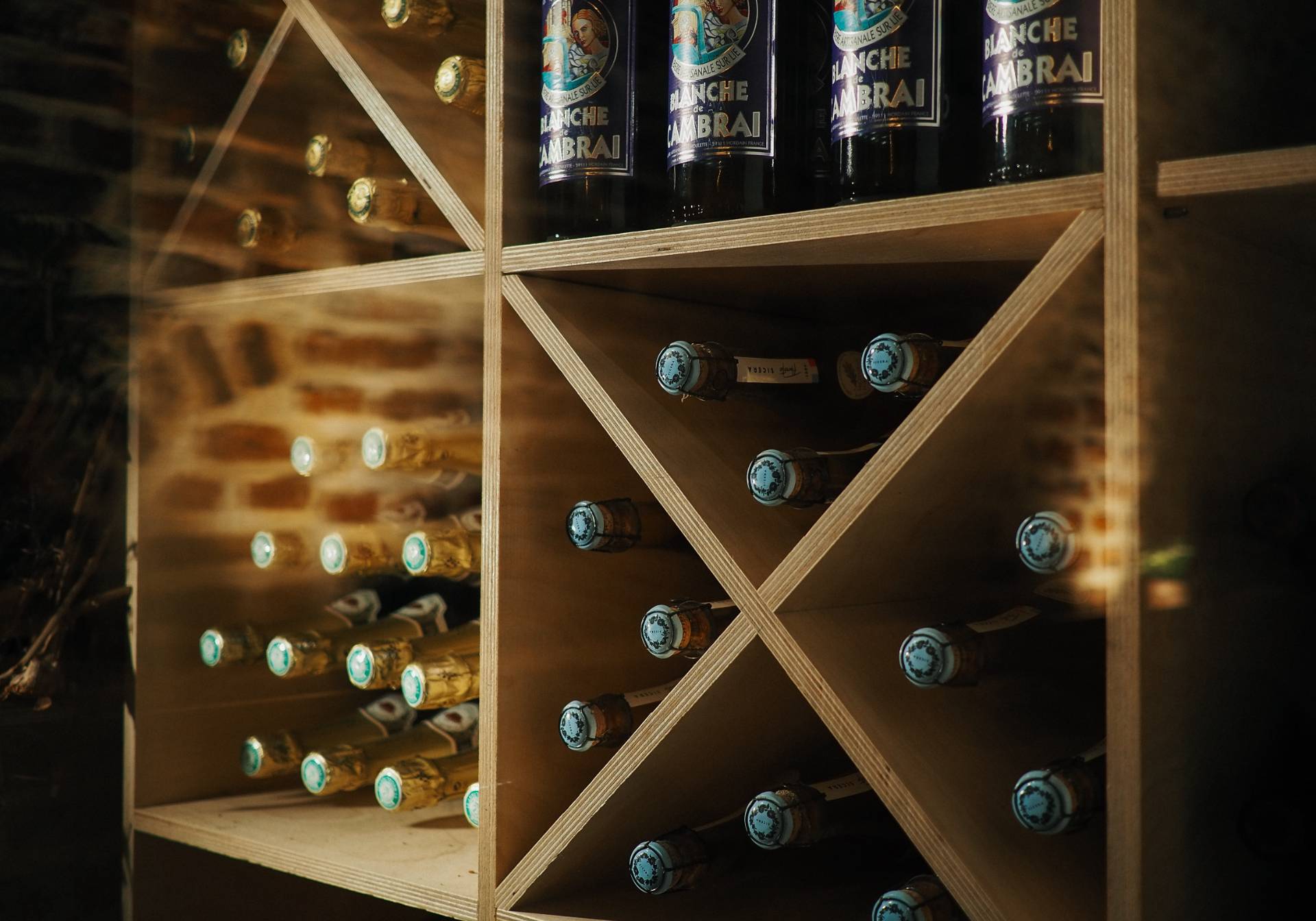
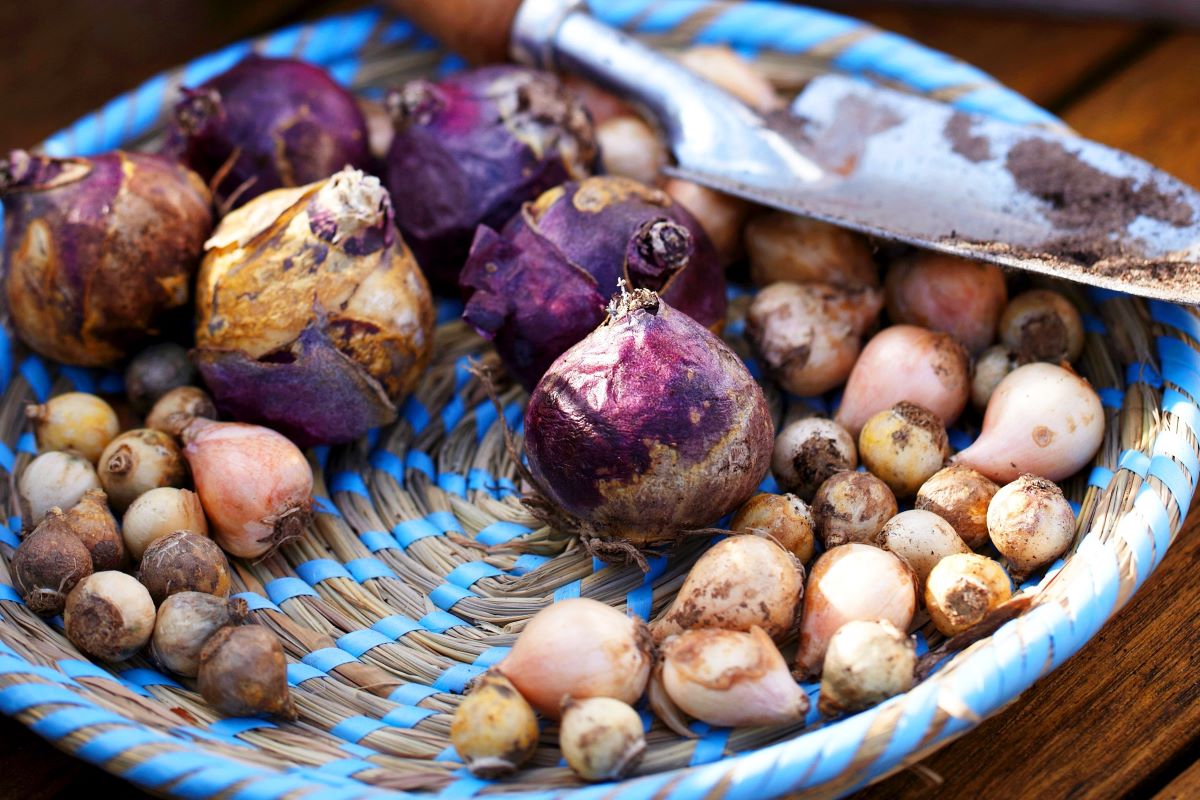


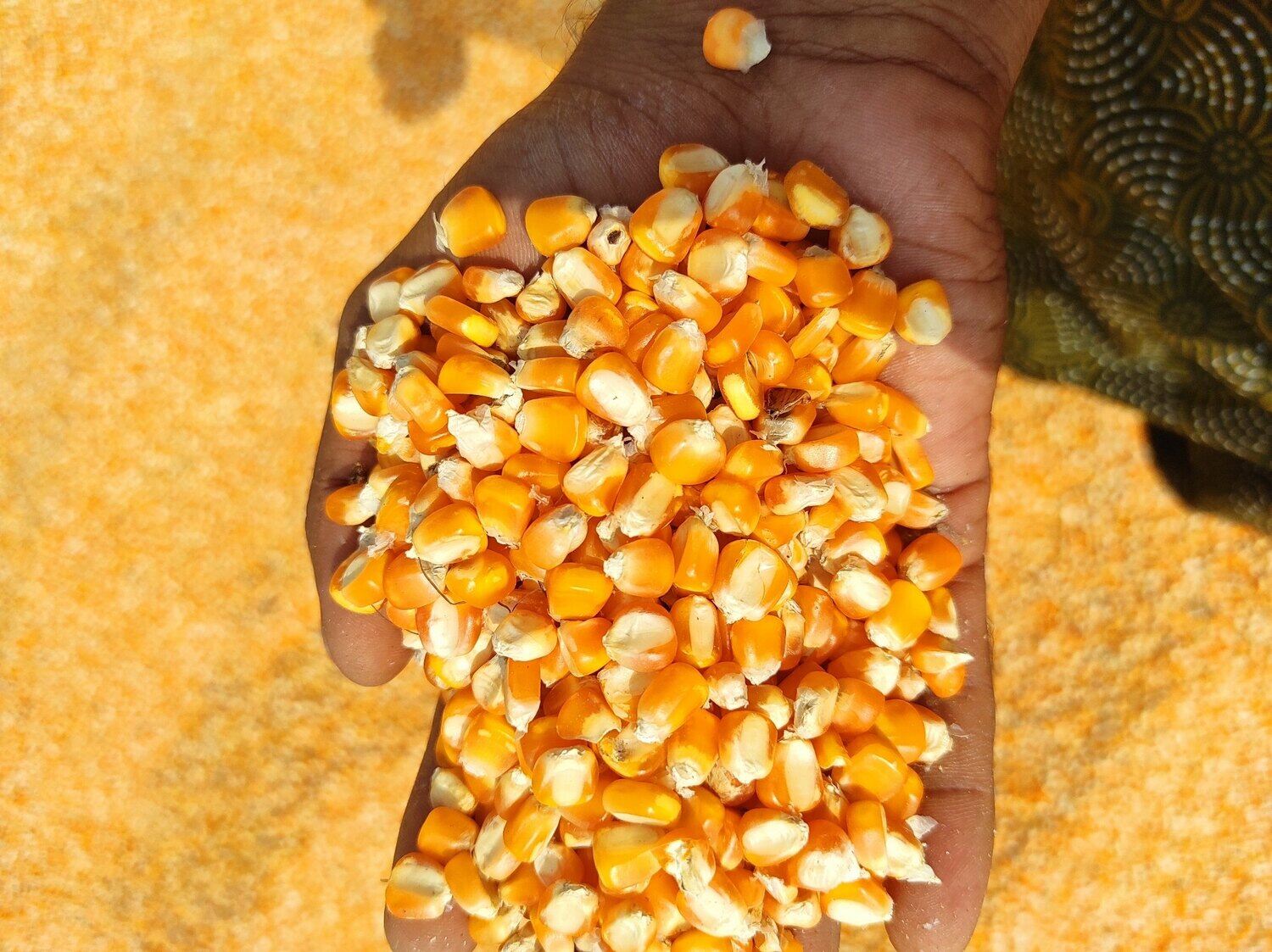
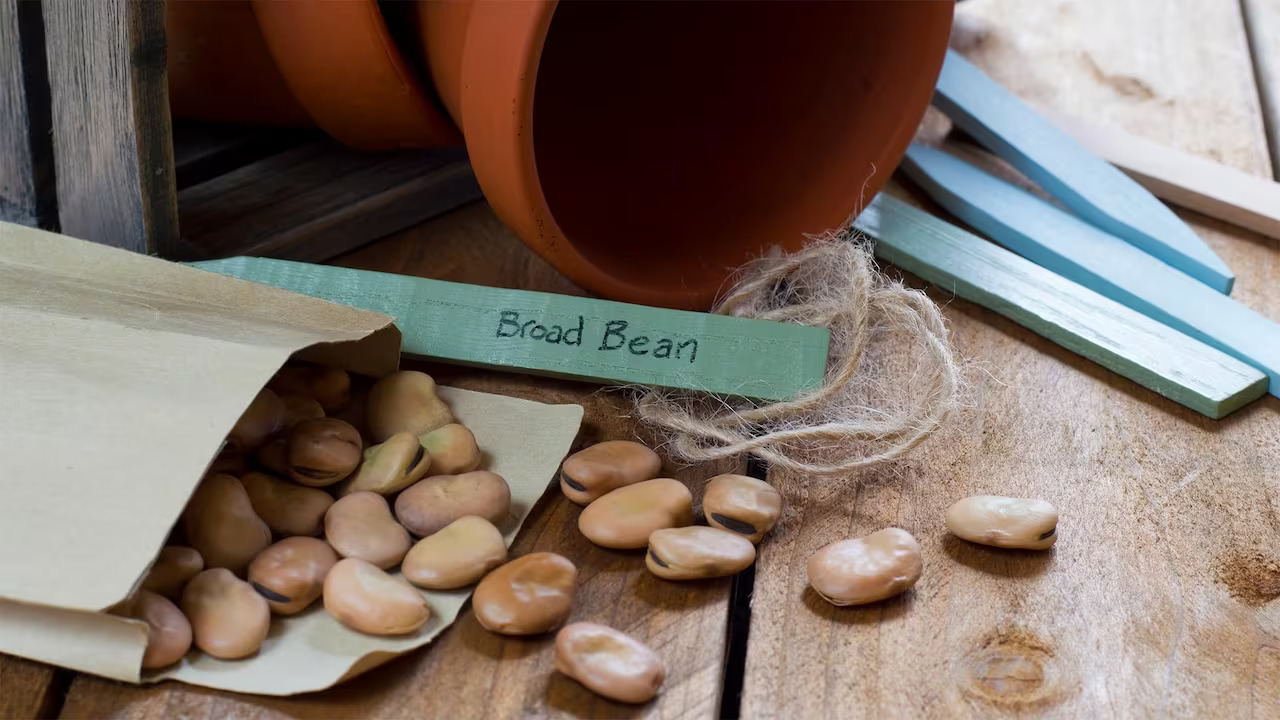

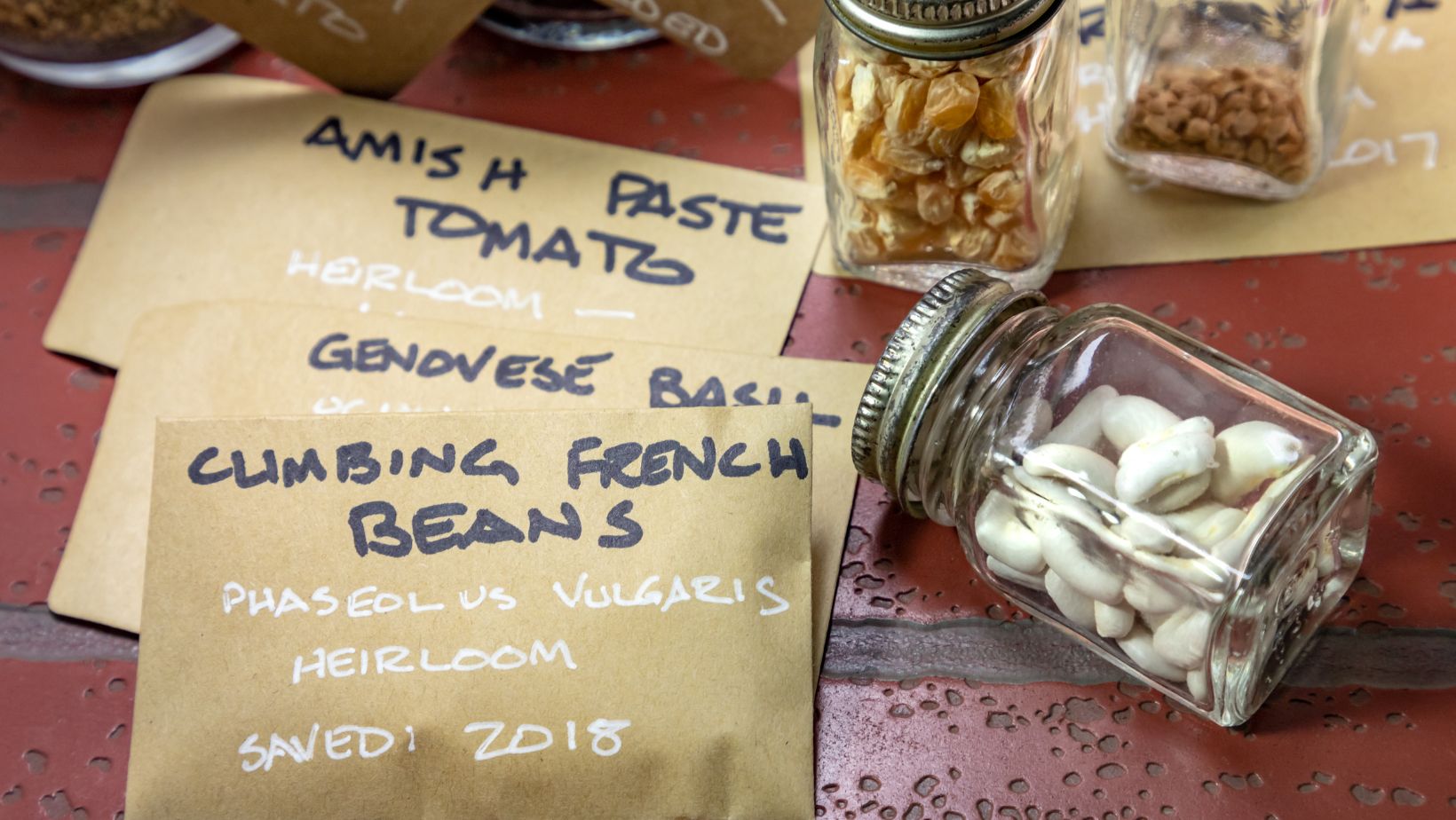
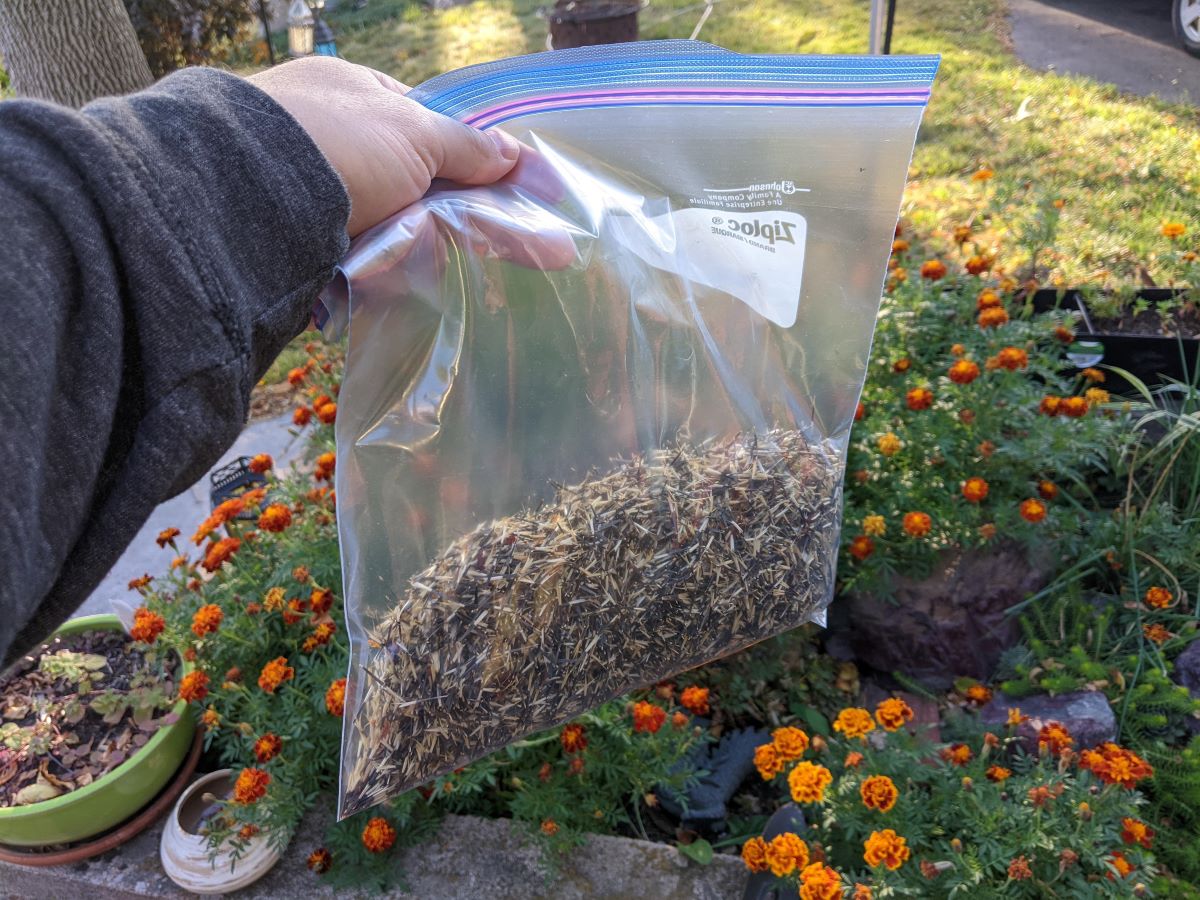
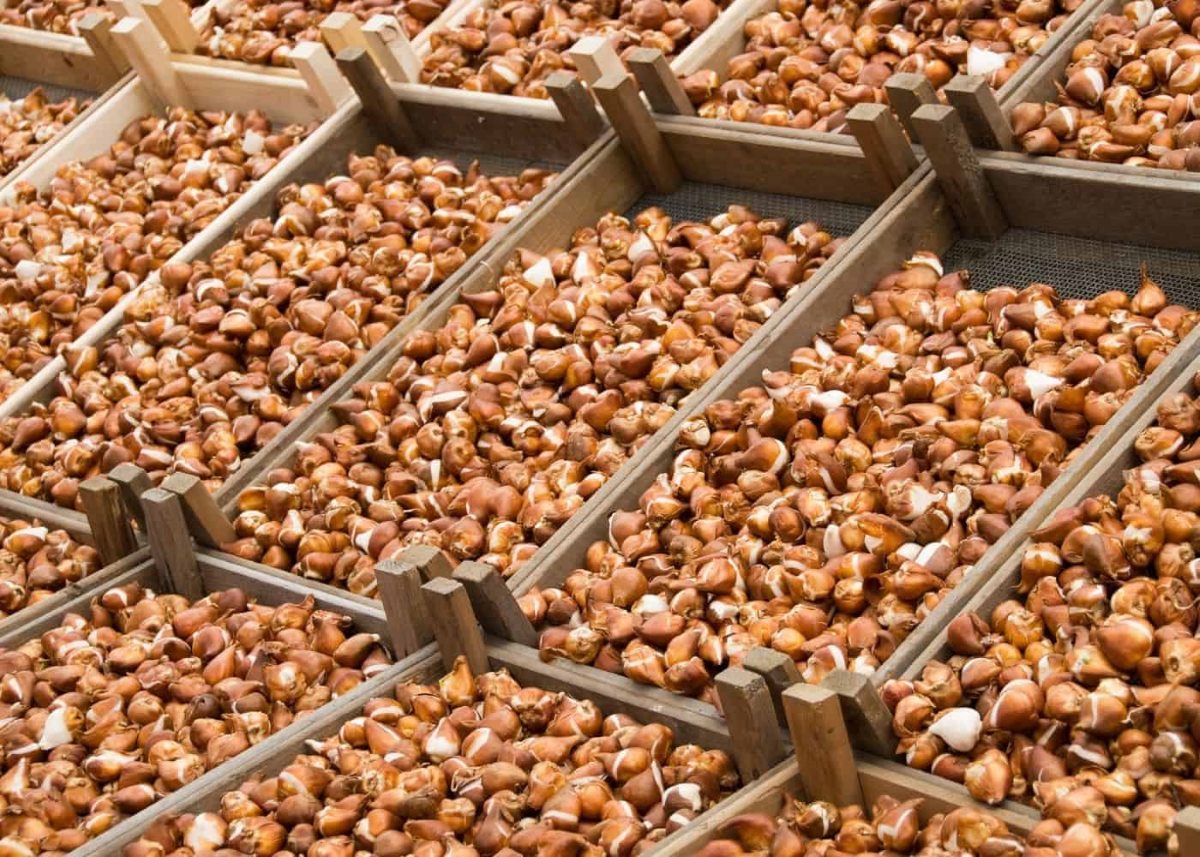
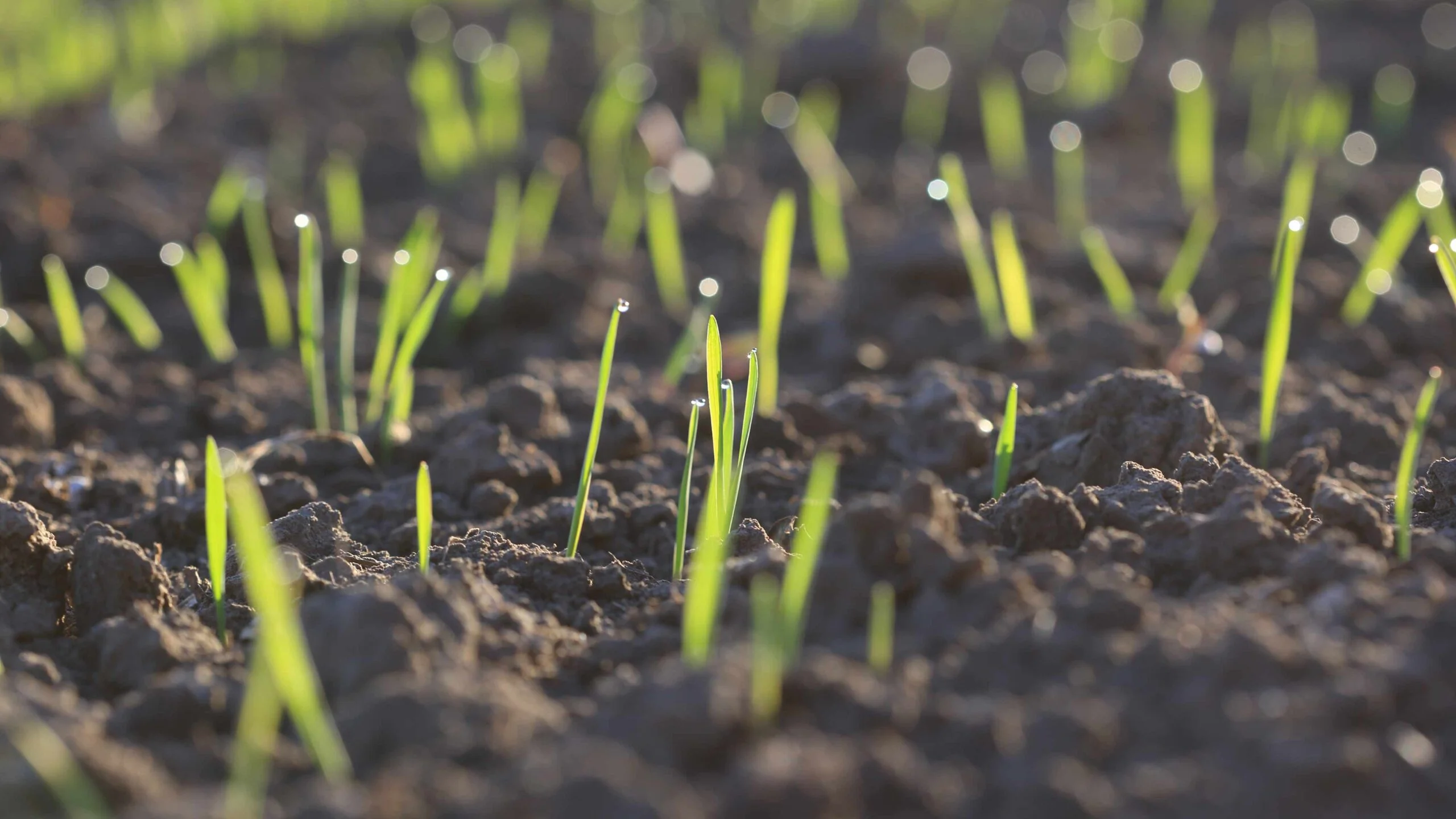


0 thoughts on “How To Store Food For Years”